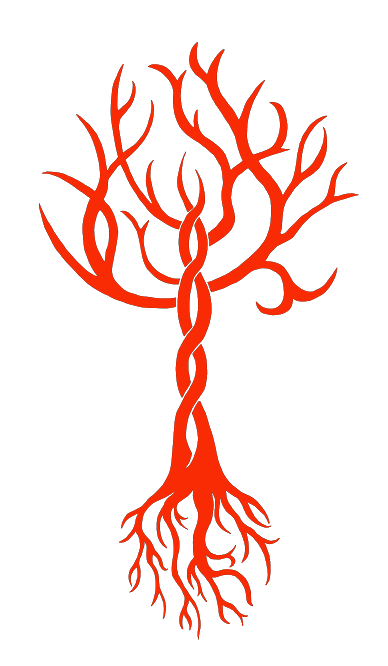Difference between revisions of "Team:Yale/parts"
Jinchentian (Talk | contribs) |
Jinchentian (Talk | contribs) |
||
| Line 76: | Line 76: | ||
<section class="content__section"> | <section class="content__section"> | ||
<p> Our collection of submitted biobricks consists of:</p> | <p> Our collection of submitted biobricks consists of:</p> | ||
| − | + | ||
| − | + | <h2 id="partfull">New Biobricks</h2> | |
| − | + | <h3>Promoter-Citrine-T7 Terminator Constructs</h3> | |
| − | + | ||
| − | + | ||
| − | + | ||
| − | + | ||
| − | + | ||
| − | <h2 id="partfull"> | + | |
| − | <h3> | + | |
<div class="row content__dark part__row"> | <div class="row content__dark part__row"> | ||
<div class="small-5 columns readable"> | <div class="small-5 columns readable"> | ||
| − | <h4> | + | <h4>BBa_K1856000</h4> |
| − | <p> | + | <p>BacA-citrine construct. Leaky expression observed in E. coli. Successfully transformed into rhizobium. Sequencing confirmed</p> |
</div> | </div> | ||
| − | <div class="small-7 columns readable"><img src="https:// | + | <div class="small-7 columns readable"><img src="https://2015.igem.org/File:Expression_Level_for_bacA-citrine_(pKT230-Lic).jpg"></div> |
</div> | </div> | ||
</section> | </section> | ||
Revision as of 03:51, 19 September 2015
<!DOCTYPE html>
Developing a Framework for the Genetic Manipulation of Non-Model and Environmentally Significant Microbes
Parts List
These are our legos.
Our collection of submitted biobricks consists of:
New Biobricks
Promoter-Citrine-T7 Terminator Constructs
BBa_K1856000
BacA-citrine construct. Leaky expression observed in E. coli. Successfully transformed into rhizobium. Sequencing confirmed
.jpg)
Part 1: LL-37-MFP:
Based on BBa_K1396000
Feeding Fish
The part is an coding sequence for an anti-microbial peptides linked to a mussel-foot protein. The mussel foot protein will anneal to surfaces as a wet glue and the antimicrobial domain is designed to interact with microbial membranes and interfere with membrane stability. In order to use this part you can produce it in a TAG recoded organism simultaneously expressing a Tyrosine suppressor or L-DOPA orthogonal translational system. In order to purify you can use the 2X Strep tag and strep column and later cleave with enterokinase to remove the sequence suppressing LL-37 antimicrobial action. This is an improvement on the Utah State biobrick BBa_K1162006 which consists of only the LL-37 peptide.tion. This is an improvement on the Utah State biobrick BBa_K1162006 which consists of only the LL-37 peptide.


